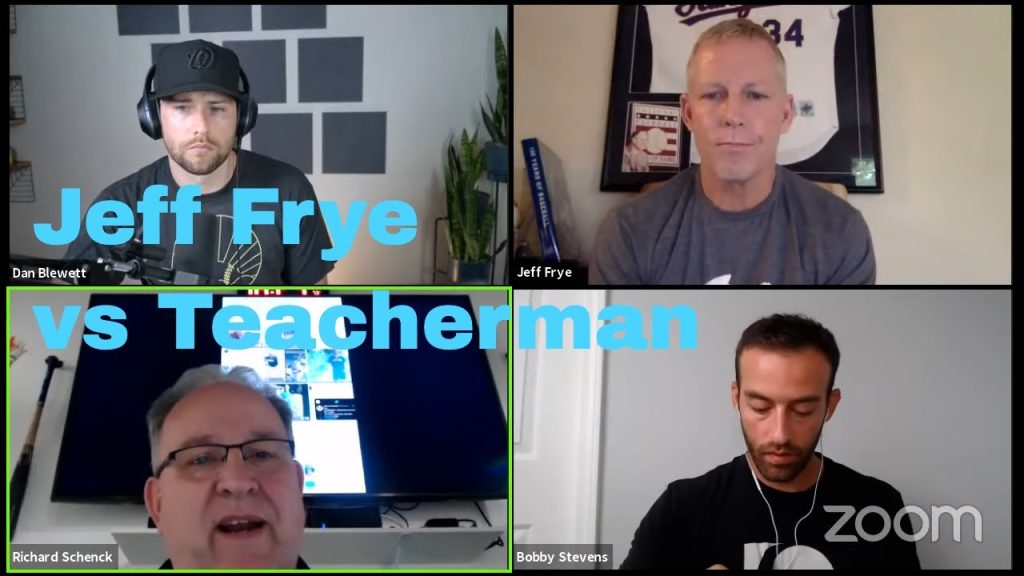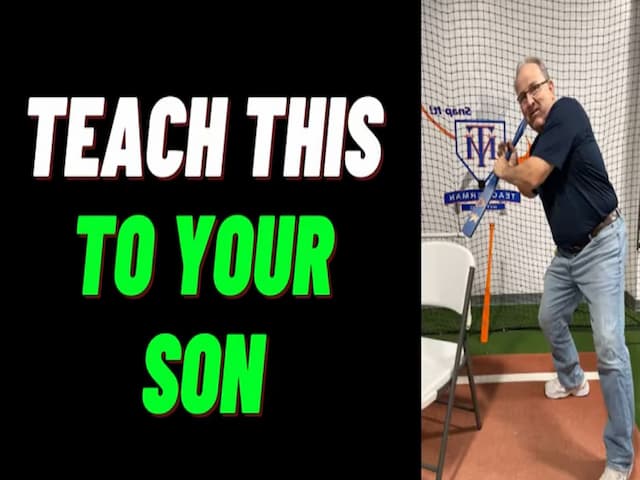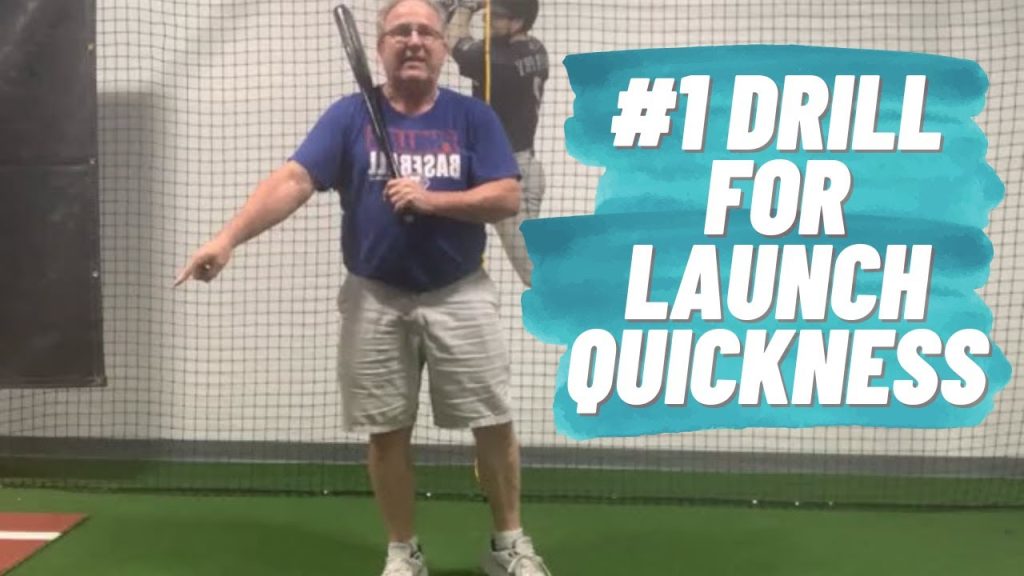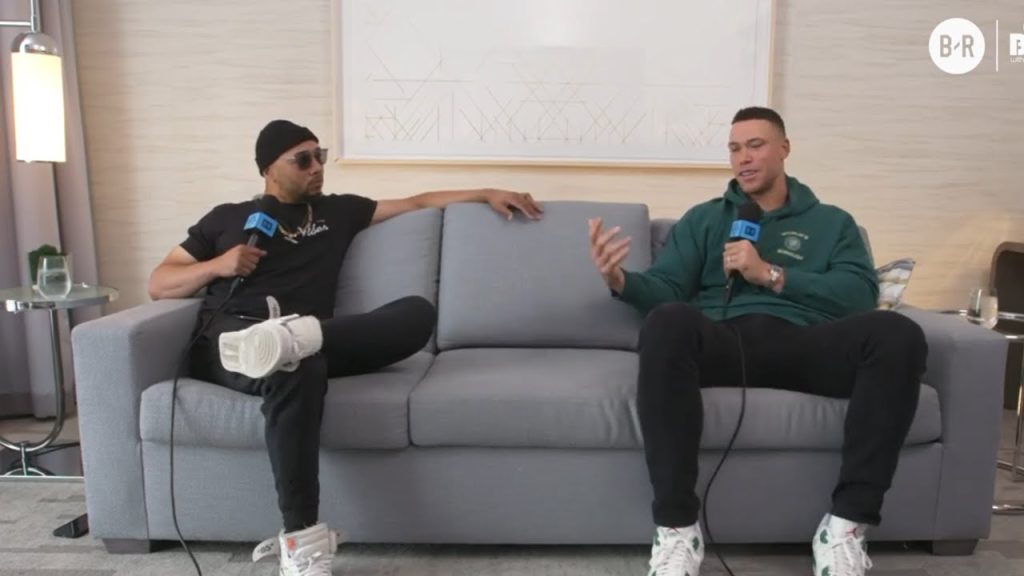Teacherman vs. Jeff Frye
Richard Schenck
In a lively conversation between Jeff Frye and Richard Schenck (also known as “Teacherman“), discuss hitting mechanics, the evolution of the game, and their respective approaches to the baseball swing. The discussion is rich with insights on what makes a successful hitter, with each contributor offering their perspective.
The conversation begins with a casual introduction where Jeff shares his background in pool, and Richard talks about his past experience in the sport. The topic quickly shifts to baseball, with Frye sharing a brief story about his career, including his struggles with ACL injuries. He opens up about how one of those injuries led him to start a viral movement with the phrase “she gone,” which has since become a trademark catchphrase. Richard, on the other hand, shares his long-standing passion for hitting mechanics and how he’s approached teaching hitters.
At the heart of the conversation is a debate about old-school players versus modern approaches. Richard expresses his belief in a biomechanically efficient swing, stressing the importance of getting into the back leg. He contrasts this with Jeff’s stance, which is more flexible, arguing that each player’s swing may differ based on their unique attributes, such as body type and playing style. They both agree that the key to becoming a great hitter is a combination of technique and baseball IQ, but they differ on the methods that lead to success.
Jeff, passionate about strategy, stresses the importance of fun and creativity in the game, particularly for young players. He feels that today’s baseball is overly structured and reliant on advanced stats, which he finds less relevant when it comes to a player’s performance on the field. He dismisses some of the newer metrics like WAR (Wins Above Replacement) and questions the effectiveness of measures like exit velocity, feeling that such stats often overlook the nuances of how the game is actually played. Richard, on the other hand, is more enthusiastic about the new data-driven approaches, believing that understanding the biomechanics of a swing can help players maximize their potential.
As the discussion progresses, the topic of teaching hitting becomes more granular. Richard elaborates on his personal method of instructing hitters. He uses examples from big league hitters, and explains that matching their swing is the best way to learn the high level pattern baseball swing. Jeff counters by suggesting that the key to hitting isn’t in copying a specific swing but rather developing a personal approach based on what works for each individual player.
Despite their disagreements, both agree on one thing: hitting is an art that requires constant learning and adaptation. Richard acknowledges that hitting isn’t just about having the perfect swing, and Jeff recognizes the importance of biomechanics but questions how rigid these teachings should be for young players. Both believe that mental makeup plays a significant role in a player’s success, with Jeff recalling his time working with fiery roving hitting coach Rudy Jaramillo, whose confidence-boosting approach helped players believe in their ability to succeed.
Ultimately, the conversation reflects two different philosophies of teaching hitting: one rooted in technical efficiency (Richard) and the other focused on baseball IQ, player individuality, and the fun aspect of the game (Jeff). Each approach has its merits, and the discussion highlights the ever-evolving nature of baseball coaching, where new ideas are constantly being explored, yet respect for traditional methods remains integral. Both Richard and Jeff agree that what works for one player might not work for another.










